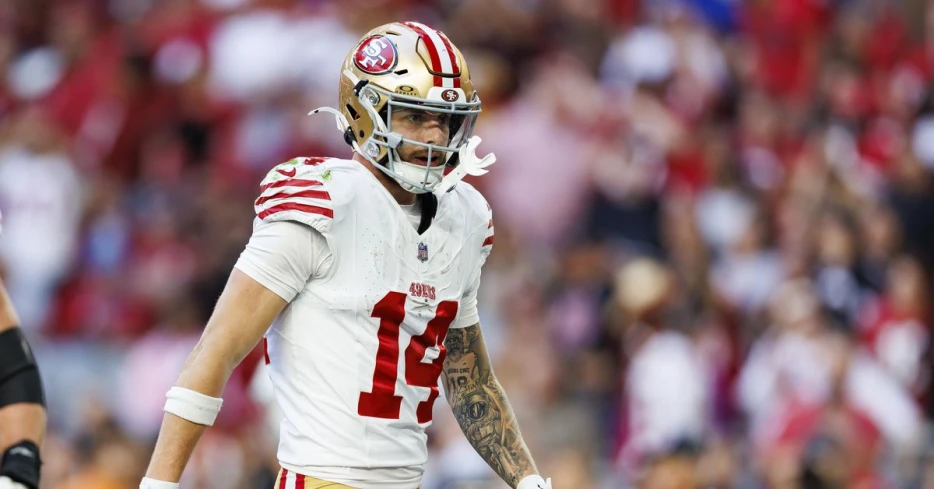
 Hogs Haven
Hogs Haven
Here’s a brief reference library on the subject. Spoiler alert: While Javon Kinlaw will have a role, he is NOT the elephant end in this defense.
Back in March, when free agency was underway and people were trying to make sense of the Commanders’ signings, Craig Hoffman and Logan Paulsen talked about the Seahawks’ and Dan Qinn’s use of defensive end Red Bryant back in the day, and suggested that Javon Kinlaw could fill a similar role for the Commanders. Hoffman, at the time, couldn’t remember the term used by the Seahawks, but someone, somewhere, later said it was called the “elephant end”. That was almost, but not quite, right.
The term, being new to a lot of Washington fans like me, seems to have caused some confusion. I think that the use of the word ‘elephant’ called to mind the biggest land mammal, causing people to assume that the ‘elephant end’ is the biggest guy on the defensive line — a sort of displaced nose tackle. I certainly made that assumption. The fact that the podcast was talking about Red Bryant (who did not play the ‘elephant end’, but, rather, played the other defensive end position in the elephant front) probably added to the confusion.
Here’s how the position has been commonly misinterpreted by Washington media and fans based on the ‘elephant’ designation since that podcast:
The defensive tackle room depth — projected starters Daron Payne and Johnny Newton, free-agent signee/run defender Eddie Goldman and returner Sheldon Day — means Kinlaw can take snaps as the “elephant,” a lineman role Dan Quinn used with the Seattle Seahawks where a larger end focuses on run-stopping more than attacking the quarterback.
Kinlaw — like Red Bryant — is certainly big at 319 pounds, and this article correctly explains Red Bryant’s role in the Seattle (and later Jacksonville under Gus Bradley) defense, but what this article says is not actually the description of an “elephant end”.
Reading through comments here on Hogs Haven over the past day or two has made it obvious that there is growing confusion about the terminology, the position, and the relevant personnel — probably because it has been incorrectly explained by some who listened to the Take Command podcast back in March.
Today seems like a good time to throw a little light on what the elephant end means in the Pete Carroll/Dan Quinn/Gus Bradley defensive scheme.
Of course, NFL coaches use all sorts of terminology as shorthand for specific alignments. For example:
Bear - 3 defensive linemen lined up directly across from the center and each guard with a strong safety and a linebacker lined up on the line of scrimmage on the strong side of the offensive formation. The 3 DL occupy the 3 interior OL.
Eagle - all three defensive linemen line up inside the offensive tackles. Typically, the strong...